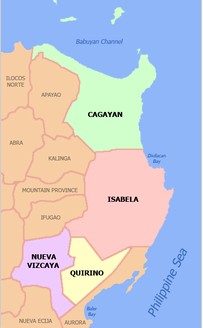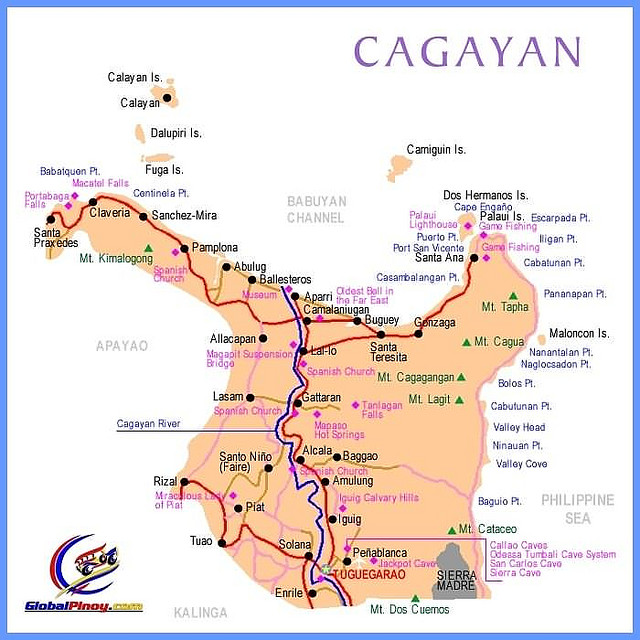
-
МјРЇСІИёСЖШИМі
-
 И№ОЫ КИОЫ Йъ ЗЛЦЎЧЯБт~ ИЎСЖЦЎ ПЙОрБюСі
И№ОЫ КИОЫ Йъ ЗЛЦЎЧЯБт~ ИЎСЖЦЎ ПЙОрБюСі 89,462
89,462 -
 [ЧЪИЎЧЩ ММКЮ] ФЋИ№ХзНК ПЉЧр 100Йш СёБтБт
[ЧЪИЎЧЩ ММКЮ] ФЋИ№ХзНК ПЉЧр 100Йш СёБтБт 48,913
48,913 -
 ИЖДвЖѓ НУГЛ - ИЎРп АјПјСЄКИ. (ЛчСј 16Рх ЦїЧд)
ИЖДвЖѓ НУГЛ - ИЎРп АјПјСЄКИ. (ЛчСј 16Рх ЦїЧд) 30,790
30,790 -
 ММКЮРЧ СіПЊСЄКИ15,531
ММКЮРЧ СіПЊСЄКИ15,531 -
 ИЖДвЖѓ БйБГ - ЕћАЁРЬЕћРЬ ПЉЧр СЄКИ14,342
ИЖДвЖѓ БйБГ - ЕћАЁРЬЕћРЬ ПЉЧр СЄКИ14,342 -
 [ЧЪИЎЧЩ ММКЮ/ИЗХК] ШЃХк МїЙк ПфБн Йз СЄКИ13,319
[ЧЪИЎЧЩ ММКЮ/ИЗХК] ШЃХк МїЙк ПфБн Йз СЄКИ13,319 -
 КИЖѓФЋРЬРЧ И№Еч И№НРРЛ КММі РжДТ ЛчСјУИ.13,132
КИЖѓФЋРЬРЧ И№Еч И№НРРЛ КММі РжДТ ЛчСјУИ.13,132 -
 ИЖДвЖѓ БйБГ - ЦХЛѓЧб ЦјЦї ПЉЧрСЄКИ12,832
ИЖДвЖѓ БйБГ - ЦХЛѓЧб ЦјЦї ПЉЧрСЄКИ12,832 -
 [ММКЮ-ЙшМБТјРх] МБЙкШИЛч РќШЙјШЃПЁПф~12,447
[ММКЮ-ЙшМБТјРх] МБЙкШИЛч РќШЙјШЃПЁПф~12,447 -
 ИЖДвЖѓ СіПЊ(ПЁИЃЙЬХИ -ИЛЖѓХз)РЧ СіЕЕ/ЧбБЙ РННФСЁ/МюЧЮИє12,114
ИЖДвЖѓ СіПЊ(ПЁИЃЙЬХИ -ИЛЖѓХз)РЧ СіЕЕ/ЧбБЙ РННФСЁ/МюЧЮИє12,114


Cagayan Valley (Lambak ng Cagayan in Filipino; Tana' nak Cagayan in the Ibanag Language;
Tanap ti Cagayan in the Ilocano Language) is a region of the Philippines, also designated as Region II
or Region 02. It is composed of five provinces, namely: Batanes, Cagayan, Isabela, Nueva Vizcaya, and
Quirino. It has three cities; Cauayan City, its regional center-Tuguegarao, and its commercial center-
Most of the region lies in a large valley in northeastern Luzon, between the Cordilleras and the Sierra Madre
mountain ranges. The Cagayan River, the country's longest river runs through its center and flows out to
Luzon Strait in the north, in the town of Aparri, Cagayan. The Babuyan and Batanes island groups that lie in the
Luzon Strait also belong to the region.
Economy
The Cagayan Valley Region II is defined by the Cagayan River. The Province of Cagayan occupies the lower
course of the river, and the northeast corner of the island of Luzon (with a few offshore islets). Cagayan's area
is 9,003 kmТВ., its population 952,000 (by the 2000 census) in twenty-nine towns, of which Tuguegarao is the
capital.
Archaeology indicates that the Cagayan Valley has been inhabited for half a million years, though no human
remains of any such antiquity have yet appeared. The earliest inhabitants are the Agta, or Atta, food-gatherers
who roam the forests without fixed abode. A large tract of land has lately been returned to them. The bulk of the
population are of Malay origin. For centuries before the coming of the Spanish the inhabitants traded with Indians, Malays, Chinese, and Japanese. In the nineteenth century the prosperity found in tobacco cultivation caused
many Ilocanos to settle here. Tobacco is still a major factor in the economy of Cagayan, though a special
economic zone and free port has been created to strengthen and diversify the provincial economy. Cagayan
has much to offer visitors: beaches, swimming, snorkeling, skin-diving, fishing in the river and the sea, hiking
in primeval forest, mountain-climbing, archaeological sites, the remarkable collection of the provincial museum,
the Callao Caves, and many fine churches. Even here there are fortifications built to protect the inhabitants from
raids by the Mara.
The Philippine Republic's Region II, Cagayan Valley, contains two landlocked provinces, Quirino and Nueva
Vizcaya. Both are relatively small in size (3057 km2 for Quirino, 4081 km2 for Nueva Vizcaya) and population
(147,000 and 365,000, respectively, by the 2000 census). Both are ruggedly mountainous and heavily forested.
Nueva Vizcaya is the remnant of the southern province created when Cagayan Province was divided in two in
1839. Both are ethnically and linguistically diverse, with a substrate of Agtas, Negritos who are food-gatherers
with no fixed abode, overlaid by Ilongots and others in a number of tribes, some of whom were fierce head-
hunters (we are firmly assured that they have given up the practice), with the latest but largest element of the
population being Ilocanos. Nueva Vizcaya comprises fifteen towns; Bayombong is the capital. Agriculture in both has until recently consisted of slash-and-burn cultivation of corn and maize, though more stable cultivation of
vegetables and fruits is becoming established. Both also produce logs, and are trying to manage their forest
resources so that production can be sustained indefinitely. They have deposits of gold, silver, copper, iron.
Nueva Vizcaya has sand and clay.
- ЁЄ
- ЁЄ
- ЁЄ
- ЁЄryWvMVxeet
- ЁЄryWvMVxeet
- ЁЄryWvMVxeet\'\"\\(
- ЁЄryWvMVxeetщ\'\"\\(
- ЁЄryWvMVxeet
- ЁЄryWvMVxeet
- ЁЄryWvMVxeet
- ЁЄryWvMVxeet
- ЁЄryWvMVxeet
- ЁЄryWvMVxeet
- ЁЄryWvMVxeet
- ЁЄryWvMVxeet















 ЧЪРкДхФФ ОпАЃЛѓДу ПРЧТ
ЧЪРкДхФФ ОпАЃЛѓДу ПРЧТ 12ГтПЌМг МвКёРкИИСЗ 1РЇ
12ГтПЌМг МвКёРкИИСЗ 1РЇ
 ГЛАд ИТДТ ОюЧаПј УЃБт
ГЛАд ИТДТ ОюЧаПј УЃБт
 ИЎОѓ ЧаБГ ЙцЙЎБт
ИЎОѓ ЧаБГ ЙцЙЎБт
 СжИЛПЁ ГЛАЁ ОЕ КёПыРК?
СжИЛПЁ ГЛАЁ ОЕ КёПыРК? УжАэАЁМККё РЬКЅЦЎ СёБтБт
УжАэАЁМККё РЬКЅЦЎ СёБтБт
 ЧіСіПЁМЕЕ ЧЪРкДхФФ!
ЧіСіПЁМЕЕ ЧЪРкДхФФ! ЧіСіПЁМ АЁДЩЧб
ЧіСіПЁМ АЁДЩЧб









 ЧЪРк ЦЏБо Ч§ХУ! ФСНУОюСі МКёНК
ЧЪРк ЦЏБо Ч§ХУ! ФСНУОюСі МКёНК
































